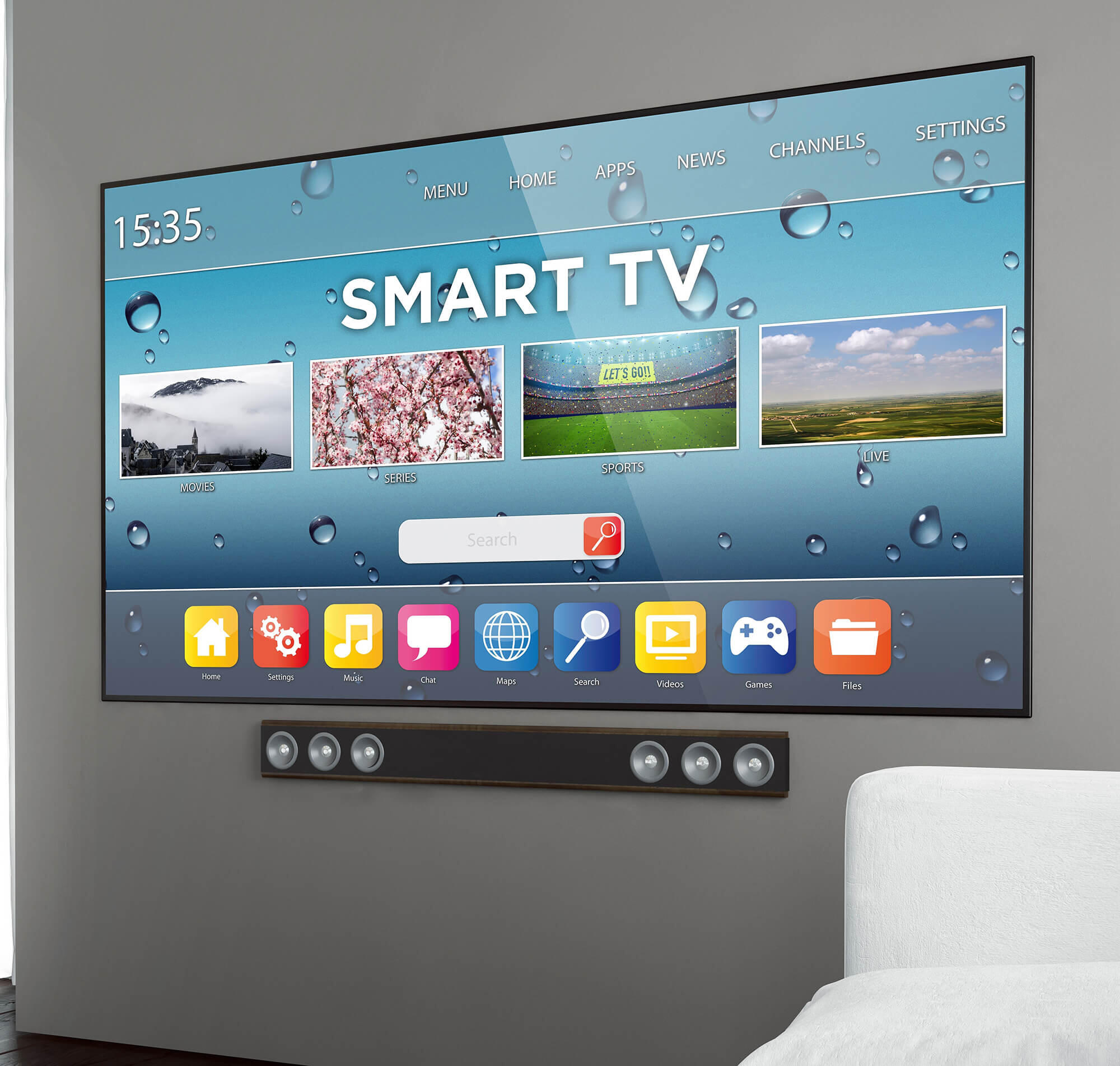
THE PRODUCT:
Televisions (TVs) include products designed to receive and display audio-visual content from various sources. Traditional cathode-ray tubes (CRT) have been replaced by flat screen technologies such as light-emitting diode (LED) displays.
THE STANDARD:
There are currently no federal standards for TVs.
In 2023, DOE finalized an amended TV test procedure based on the updated industry standard (ANSI/CTA-2037-D). TV technology has evolved rapidly since 2013 and the Department’s new TV test procedure better represents the energy usage of modern high-definition LED TVs with internet connectivity (i.e., “smart” TVs).
In 2009, the California Energy Commission (CEC) established the first active mode power usage limits for TVs with a two-phase implementation: Tier 1 took effect in 2011, and Tier 2 took effect in 2013. Connecticut adopted standards for TVs in 2011, followed by Oregon in 2013.
KEY FACTS:
As of 2020, there were nearly 300 million TVs used in homes in the US. While technological advancements (e.g., LEDs) continue to reduce the energy consumption of flat screen TV displays, the rise of network-connected “smart” TVs means that standby power now represents a significant portion of overall TV energy usage.
Standards in the News
Timeline
| Federal | Date | States |
| 2014 | CT Standard Effective | |
| 2014 | OR Standard Effective | |
| 2013 | OR Standard Adopted | |
| 2011 | CT Standard Adopted | |
| 2011 | CA Standard Effective | |
| 2009 | CA Standard Adopted | |
| NAECA Initial Federal Legislation Enacted | 1987 |